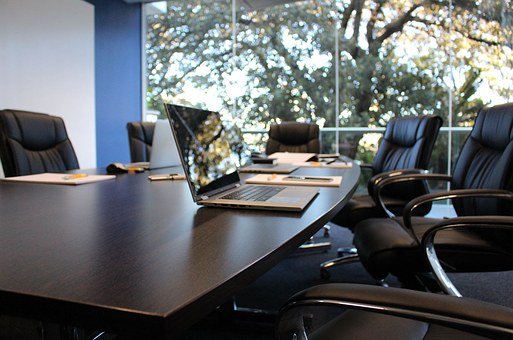News, ideas & inspiration from industry leaders

10 Tips To Make Remote Meetings Work
With work-at-home initiatives in full gear, remote meetings are filling up our calendars. And if you ask attendees which type of meeting is the least effective, the answer is…remote meetings. Steven Rogelberg, PhD, author of The Surprising Science of Meetings, shares 10 quickfire tips for improving yours.
Don’t Overinvite
Remote meetings plummet in quality as size increases. Instead, let nonessential members off the hook and just share the recording. (To avoid them feeling excluded, give them the option to attend future meetings if they desire.)
Sharpen Your Agenda
Organize your agenda as a set of questions to be answered. This will help you figure out who needs to be there and, when it’s over, if the meeting was successful—were you able to answer all the questions?
Use Video
This is the best way to create presence, and also increases the chances that attendees will be actively engaged. Make sure faces are visible—video conferences are more effective when people can see each other’s facial expressions and body language.
Start the Meeting Well
Your mood matters! Start on time and do a quick roll call, which helps sensitize everyone to the voices of all attendees.
Active Facilitation Is Key
Engage attendees by calling on people specifically rather than asking, “Any comments?” You can even keep a tally to be sure all are contributing.
Establish Norms About What Makes a Good Meeting
Get the expectations out there—for example, have a rule that everyone identifies themselves prior to speaking, or that contributions should be limited to 60 seconds so everyone has a chance to speak.
Realize that Silence Does Not Equal Agreement
To truly determine if you have a consensus, consider a quick poll or survey. There are great apps available to allow participants to vote readily.
Have IM or Chatroom Technology in Place
This feature is not for folks to engage in side conversations, but so attendees can notify you during the meeting if they want to speak, or if they missed something.
End the Meeting Well
With a few minutes left, clarify takeaways and identify the DRI (directly responsible individual) for all assigned tasks.
Ask for Feedback
Send out a quick survey every once in a while. Ask attendees what is going well in your meetings, what’s not going well, and ideas for improvement.
Additional Resources
Video: 10 Quick Tips to Make Remote Meetings Work
Book: The Surprising Science of Meetings
About the Shelter Employee Engagement & Development Survey


